Stefano Boeri on his plans for the Triennale Design Museum and transforming the institution into a ‘major cultural hub’
We talk to Triennale president Stefano Boeri on his plans for the Milanese institution, including the Triennale Design Museum and the development of a new cultural hub
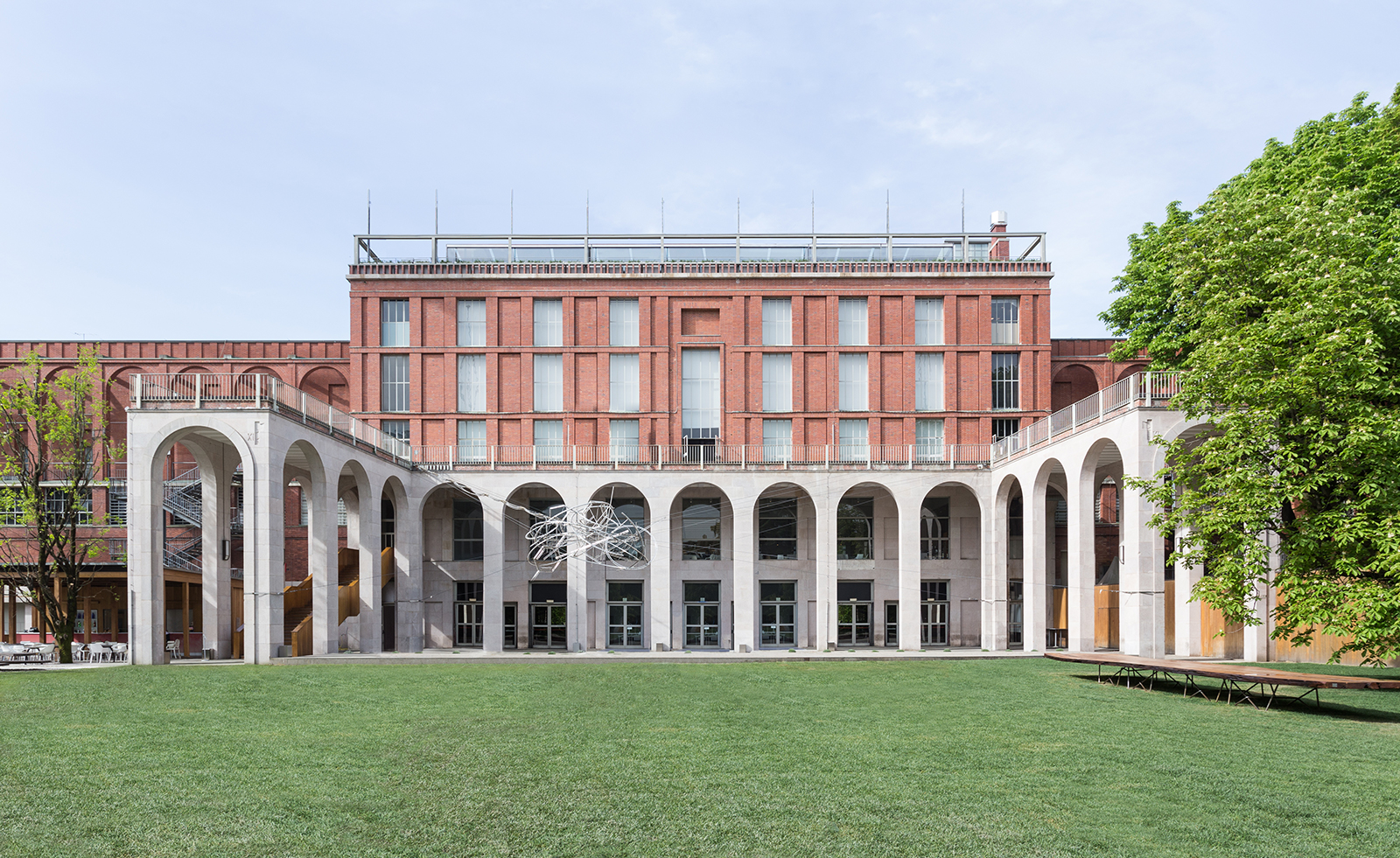
As he celebrates his first year as president of the Triennale di Milano, the art and design institution in the Parco Sempione, Italian architect Stefano Boeri talks about his plans to turn it into a major cultural hub. Phase one, the Triennale Design Museum and a blockbuster exhibition.
Wallpaper*: Tell us about the new Triennale Design Museum.
Stefano Boeri: The Triennale already has a permanent collection of 1600 pieces of iconic Italian design, such as the Lettera 22 typewriter by Marcello Nizzoli for Olivetti, the Moka coffee pot by Renato Bialetti and Gio Ponti’s Superleggera chair. We are working with Joseph Grima, creative director of Design Academy Eindhoven, and a board consisting of nine of Italy’s leading design figures, to build the Triennale Design Museum collection further.

Gio Ponti’s ‘Superleggera’ chair is part of the Triennale Design Museum permanent collection
We are contacting contemporary manufacturers and makers to stockpile new pieces and collaborating with the Fondazione ADI which safeguards the 650 designs that have won the Compasso d'Oro award.’ (The prestigious prize for industrial design was founded in Italy in 1954). We will then create an exhibition programme that allows visitors to enjoy new forms of storytelling through these pieces.
W*: Where will the Triennale Design Museum be?
SB: As the collection expands, we will need more room, so we are looking at either developing an underground space within the Palazzo dell’Arte, (where the Triennale is housed) or creating a new site elsewhere. We will announce an international competition for its design based on our decision, along with a teaser of the new museum, in 2019.
W*: Triennale Design Museum aside, what will become of the other spaces within the institution?
SB: The whole site, which is to say, the 800-seat Teatro dell’Arte (dedicated to dance and performing arts), the restaurant, the additional exhibition areas and the gardens within Parco Sempione, will all be reinvigorated and well curated.
W*: What is your long-term ambition for the institution?
SB: The Triennale was designed as a cultural hub and it needs to go back to being one. In recent years, it has become too commercially oriented. Too many exhibitions have been hosted by paying sponsors; its spaces were increasingly rented out for commercial activity alone. That was a mistake. There is no other institution quite like the Triennale and we have to change direction. Sponsors will be welcome if they support our agenda, not their own. One day, I would like to be able to compare us to The Barbican in London or the Centre Pompidou in Paris.

The Triennale in Milan is in Parco Sempione, where Giorgio De Chirico’s 1973 La Fontana dei Bagni Misteriosi is displayed
W*: Tell us about the exhibition programme
SB: We will have around six shows a year devoted to architecture, design, fashion, the visual arts, new media and photography and these will last for a few months. The first, ‘Broken Nature’, will underline the concept of restorative design, highlighting 27 projects that consider our fragile relationship with the environment. It will provide a clear outline of what our mission is as an internationally relevant cultural institution and is curated by Paola Antonelli, (senior curator of architecture and design at New York Museum of Modern Art).
In 2020, Hans Ulrich Obrist will curate a retrospective on Enzo Mari, one of the most intellectually provocative artists of the 20th century, and we are building ties with other ‘studio museums’ in Milan. In the same way that the studios of the late Achille Castiglioni and Vico Magistretti are open by appointment, we are looking to open the workspace of the late Milanese architects BBPR.
But we must look beyond nostalgia and the memory of the past and focus on young talents too. 2020 will see the first retrospective of the Danish architect Bjarke Ingels who opened his studio BIG in 2005. We hope this sequence of shows will be long-lasting, impactful and set the agenda for the Triennale of the future.
INFORMATION
ADDRESS
Triennale
Viale Emilio Alemagna, 6
20121 Milano
Receive our daily digest of inspiration, escapism and design stories from around the world direct to your inbox.
Emma O'Kelly is a freelance journalist and author based in London. Her books include Sauna: The Power of Deep Heat and she is currently working on a UK guide to wild saunas, due to be published in 2025.
-
 Roland and Karimoku expand their range of handcrafted Kiyola digital pianos
Roland and Karimoku expand their range of handcrafted Kiyola digital pianosThe new Roland KF-20 and KF-25 are the latest exquisitely crafted digital pianos from Roland, fusing traditional furniture-making methods with high-tech sound
-
 Fulham FC’s new Riverside Stand by Populous reshapes the match-day experience and beyond
Fulham FC’s new Riverside Stand by Populous reshapes the match-day experience and beyondPopulous has transformed Fulham FC’s image with a glamorous new stand, part of its mission to create the next generation of entertainment architecture, from London to Rome and Riyadh
-
 A contemporary Mexican hotel emerges from a 16th-century ruin in Mérida
A contemporary Mexican hotel emerges from a 16th-century ruin in MéridaA renovation project by Zeller & Moye, Mérida’s new Hotel Sevilla wears its architectural interventions lightly, mixing new brutalist elements into listed interiors and a palm-filled courtyard
-
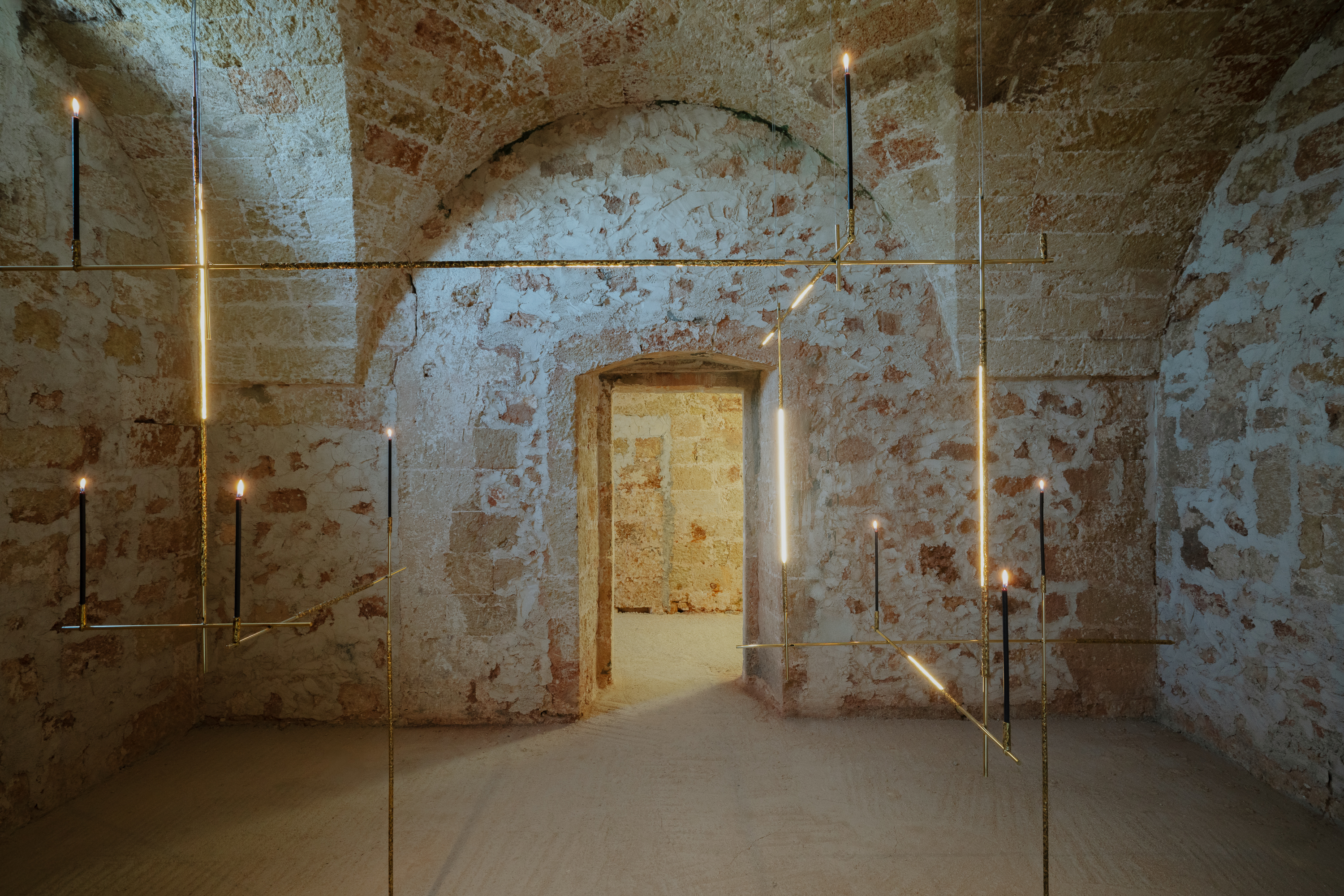 This Salento monastery becomes the backdrop for a celebration of local craft
This Salento monastery becomes the backdrop for a celebration of local craft‘Intrecci•Intertwinings’ (on view until 14 September 2025) features contemporary designs made from materials and techniques from the Salento region, also known as the ‘heel’ of Italy
-
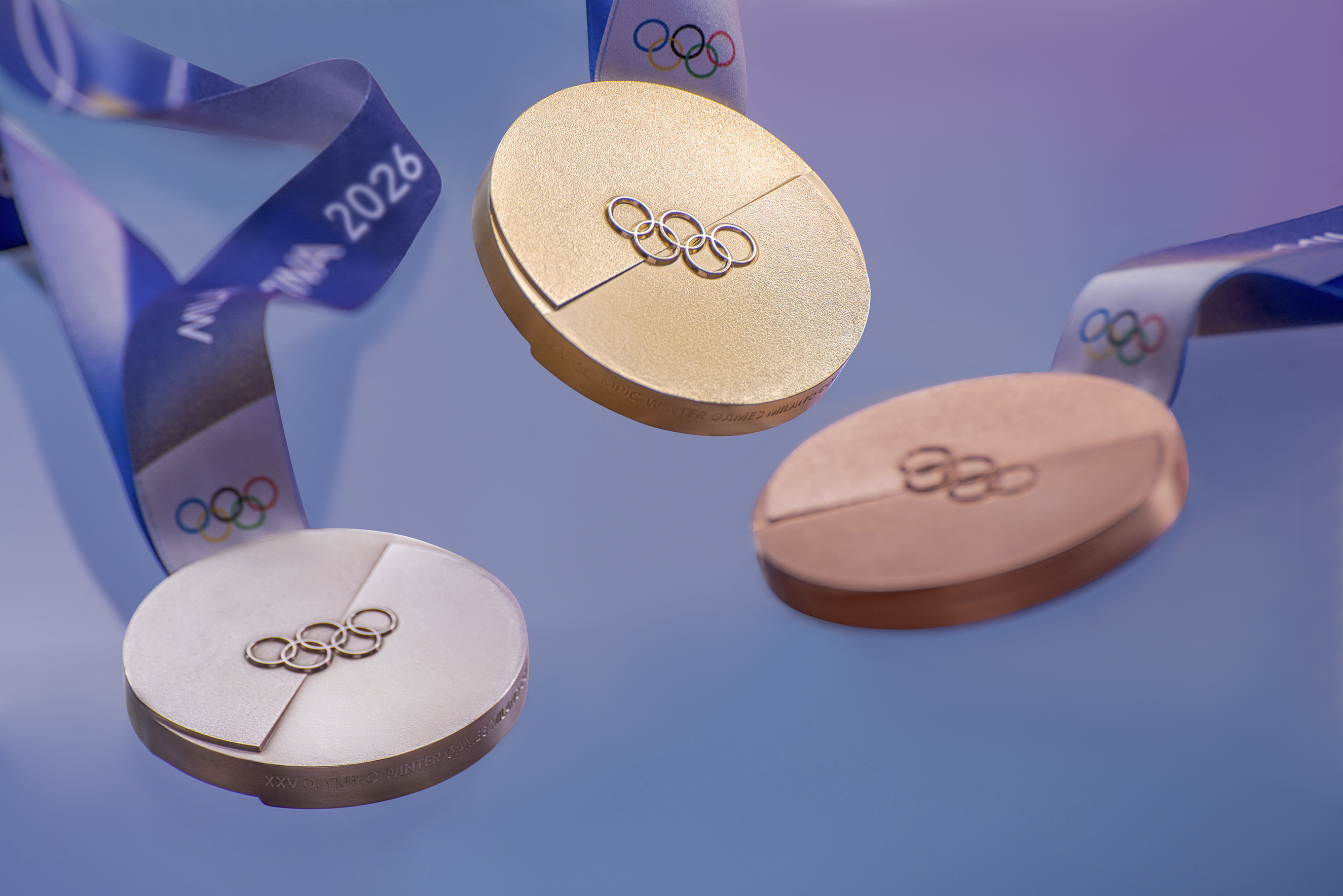 Winter Olympics and Paralympics medal designs announced
Winter Olympics and Paralympics medal designs announcedThe design for the Winter Olympic and Paralympic Games 2026 medals, held in Milan and Cortina, represents the connection between athletes and their support teams
-
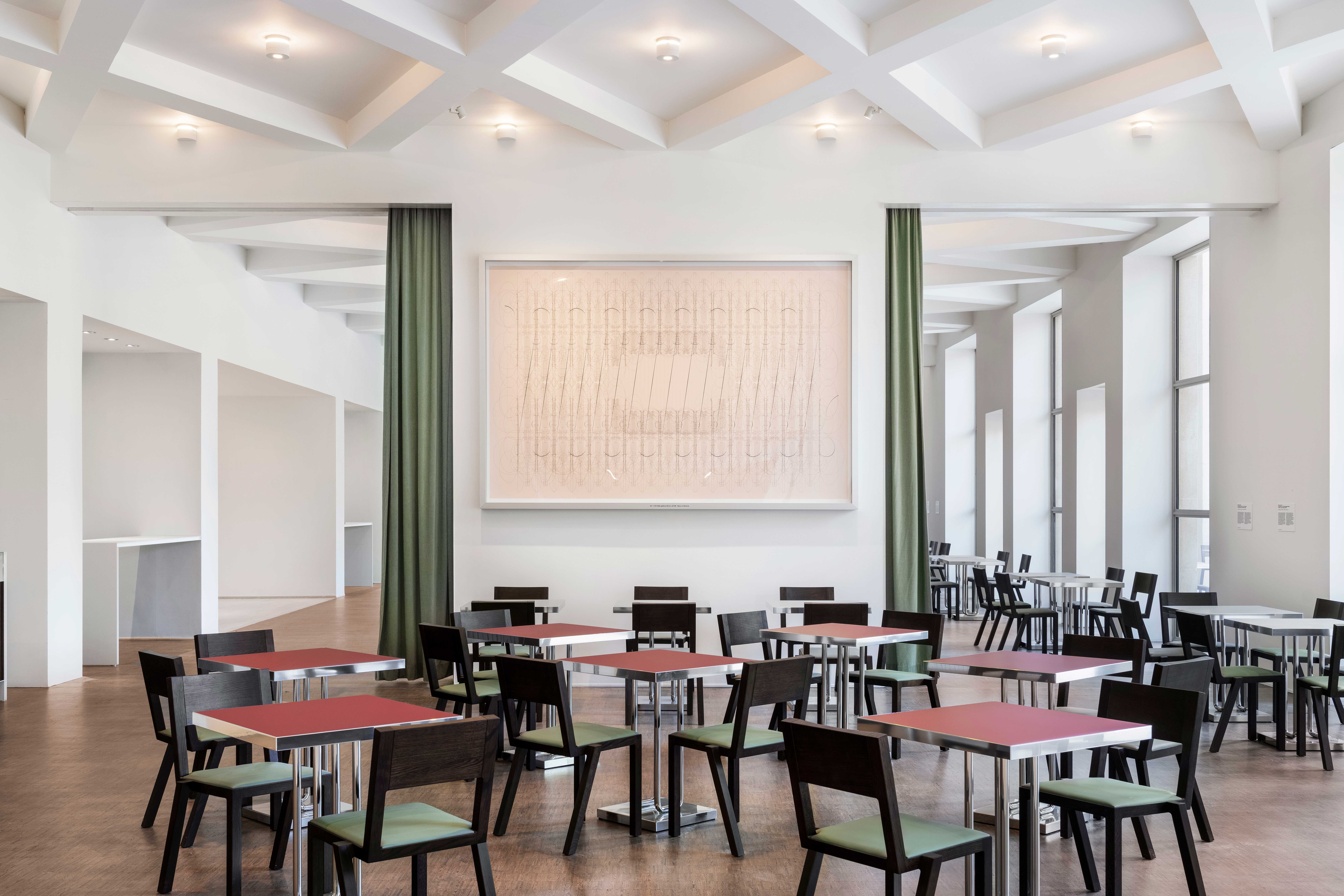 Dine within a rationalist design gem at the newly opened Cucina Triennale
Dine within a rationalist design gem at the newly opened Cucina TriennaleCucina Triennale is the latest space to open at Triennale Milano, a restaurant and a café by Luca Cipelletti and Unifor, inspired by the building's 1930s design
-
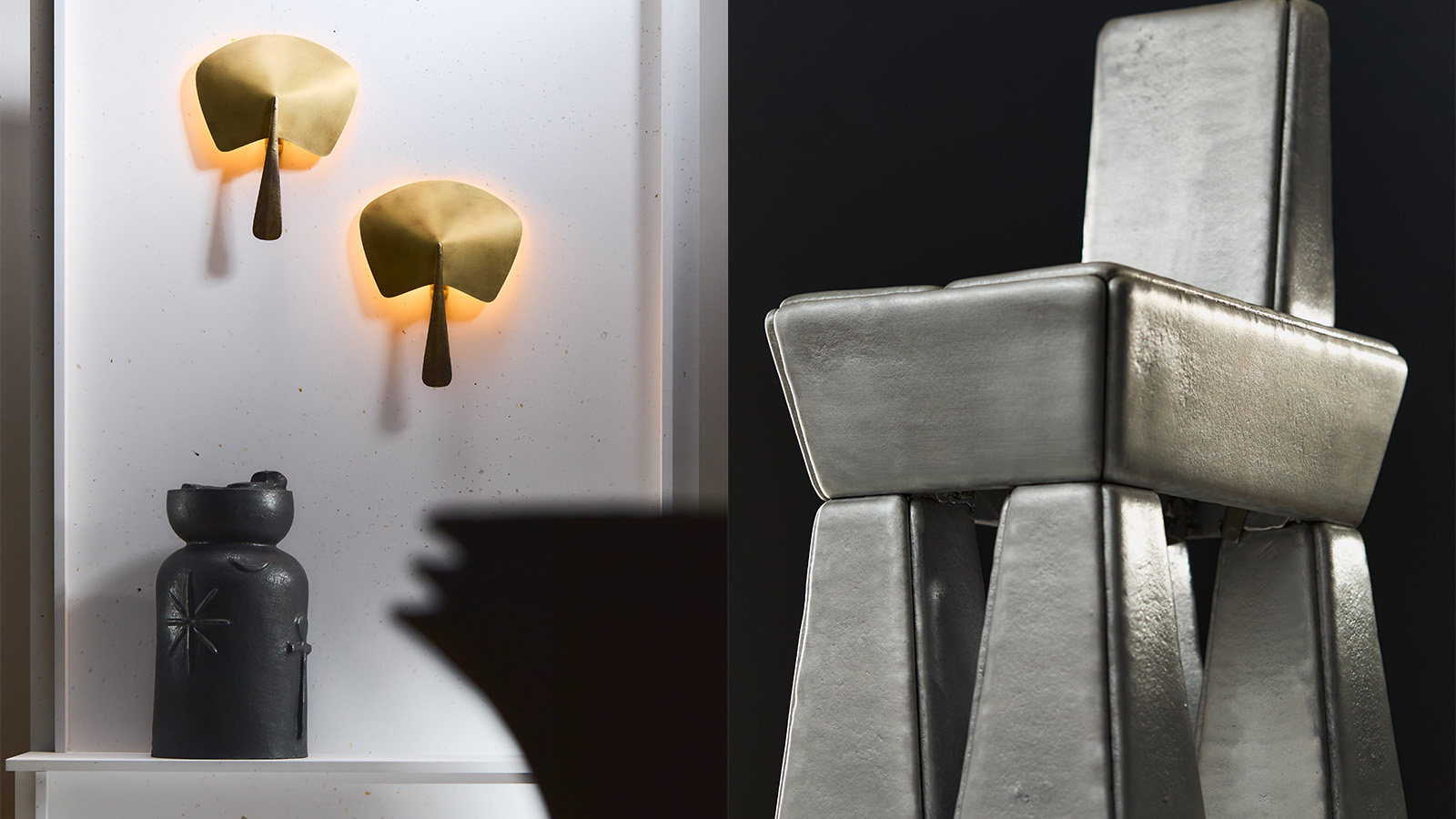 20 emerging designers shine in our ‘Material Alchemists’ film
20 emerging designers shine in our ‘Material Alchemists’ filmWallpaper’s ‘Material Alchemists’ exhibition during Milan Design Week 2025 spotlighted 20 emerging designers with a passion for transforming matter – see it now in our short film
-
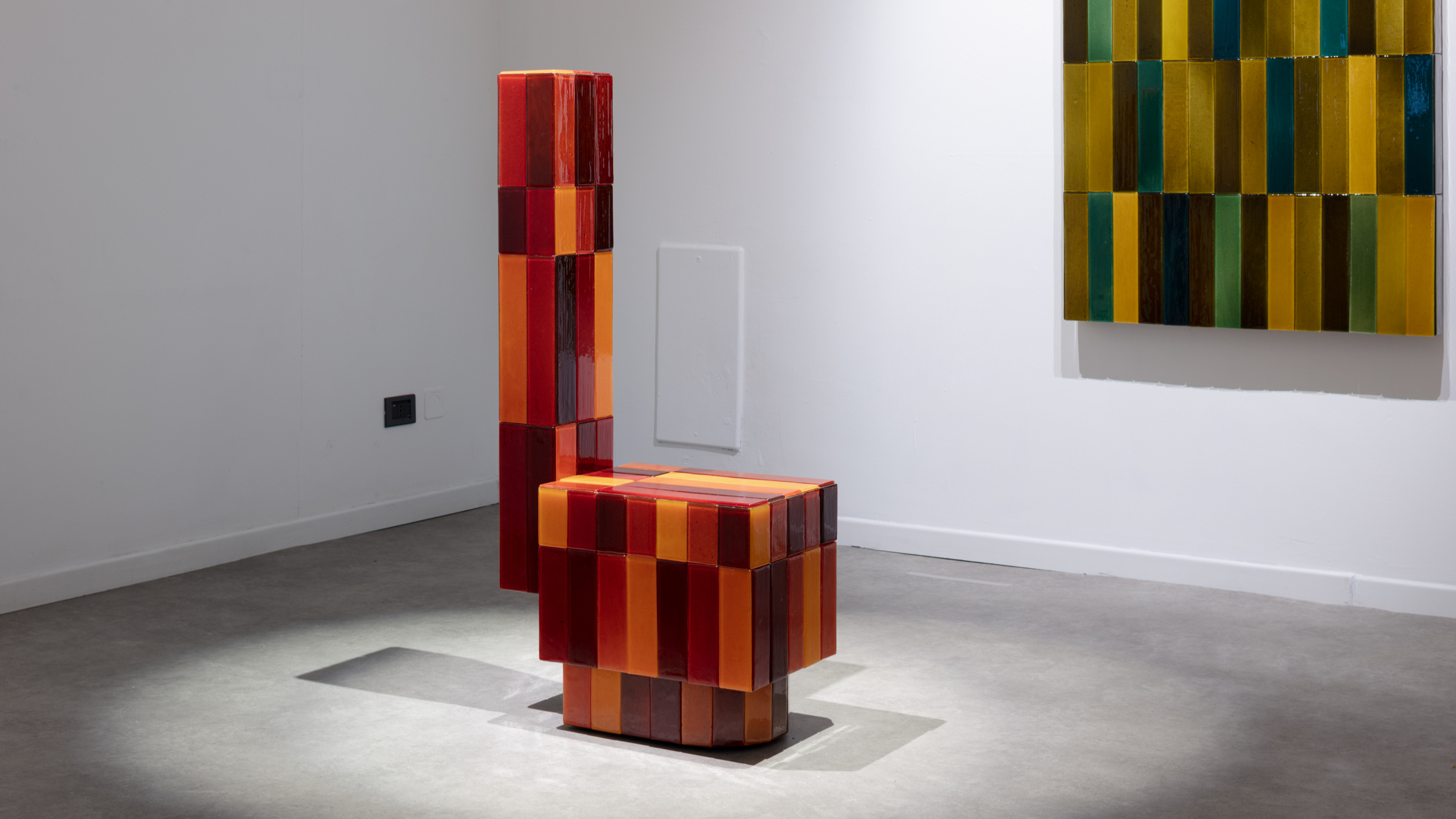 Tokyo design studio We+ transforms microalgae into colours
Tokyo design studio We+ transforms microalgae into coloursCould microalgae be the sustainable pigment of the future? A Japanese research project investigates
-
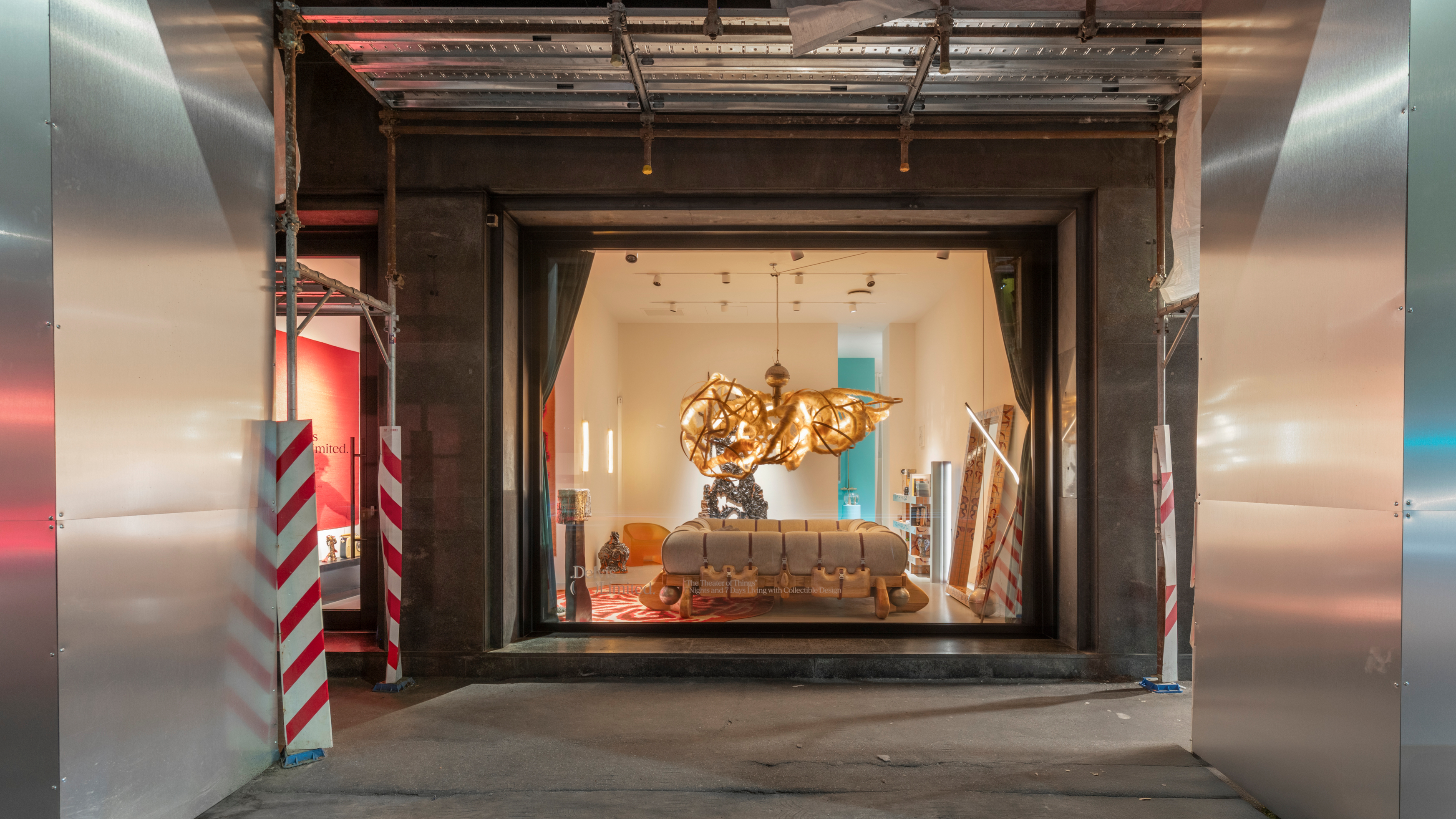 Delvis (Un)Limited turns a Brera shopfront into a live-in design installation
Delvis (Un)Limited turns a Brera shopfront into a live-in design installationWhat happens when collectible design becomes part of a live performance? The Theatre of Things, curated by Joseph Grima and Valentina Ciuffi, invited designers to live with their work – and let the public look in
-
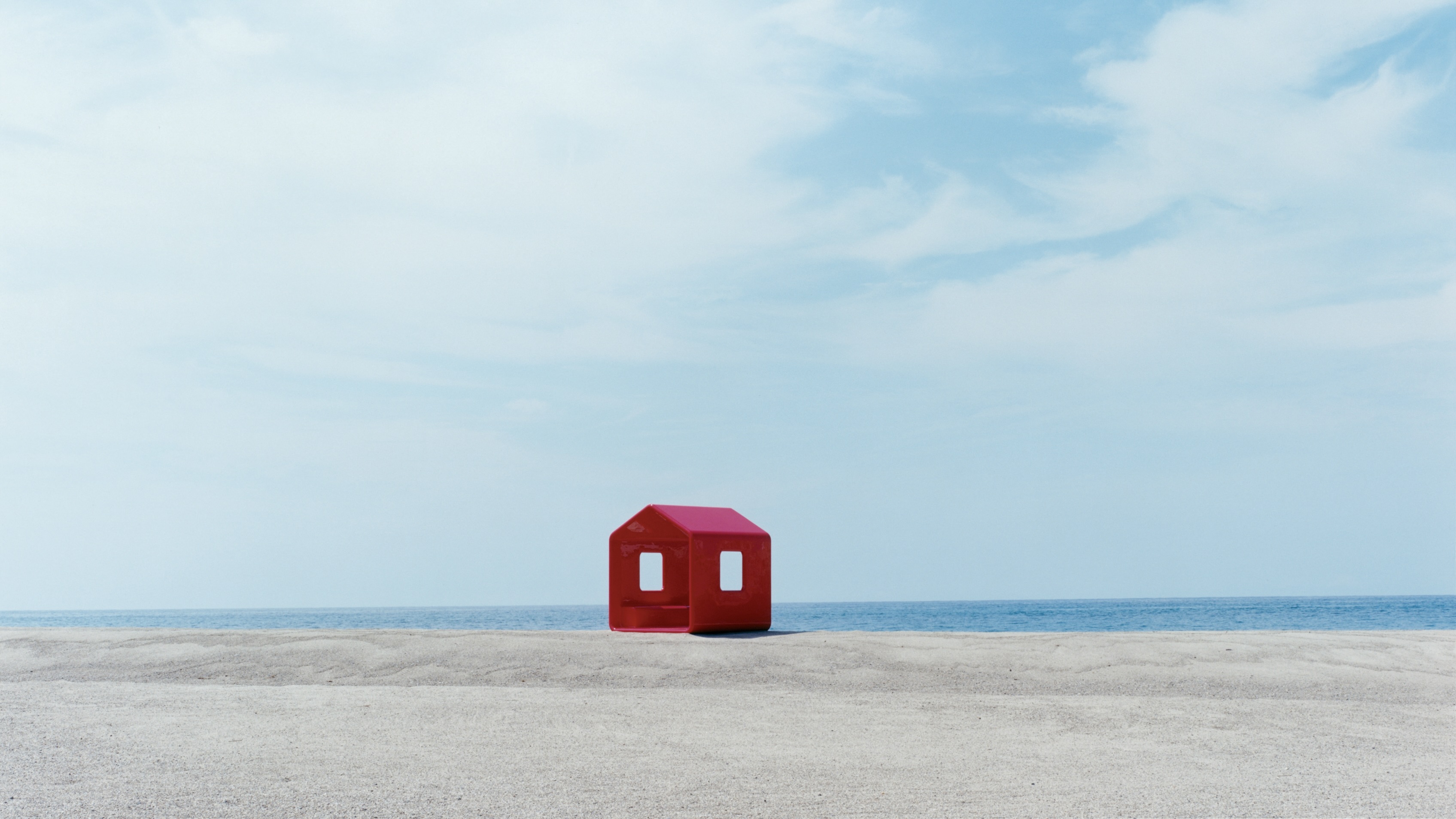 Naoto Fukasawa sparks children’s imaginations with play sculptures
Naoto Fukasawa sparks children’s imaginations with play sculpturesThe Japanese designer creates an intuitive series of bold play sculptures, designed to spark children’s desire to play without thinking
-
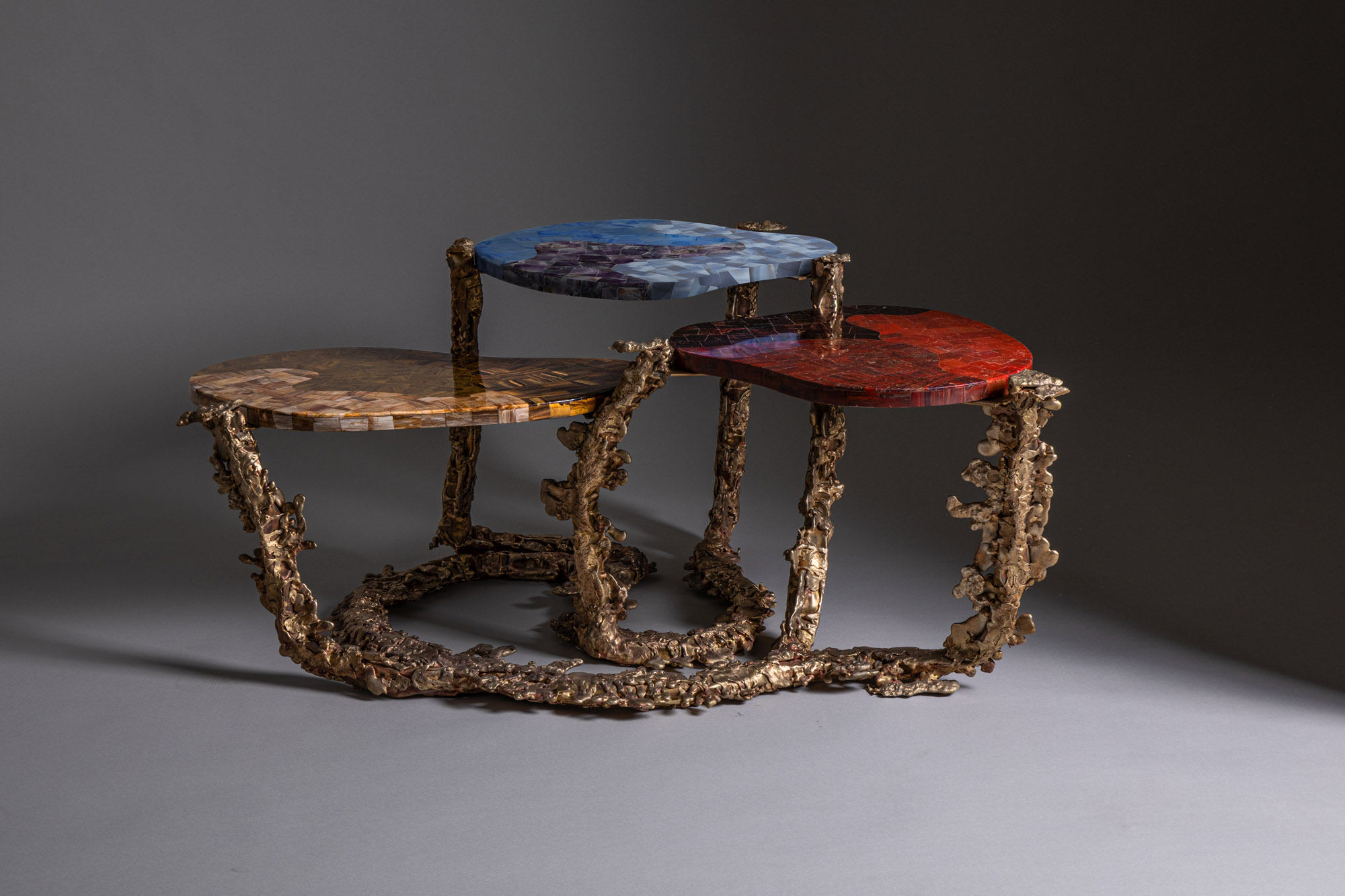 Inside the Shakti Design Residency, taking Indian craftsmanship to Alcova 2025
Inside the Shakti Design Residency, taking Indian craftsmanship to Alcova 2025The new initiative pairs emerging talents with some of India’s most prestigious ateliers, resulting in intricately crafted designs, as seen at Alcova 2025 in Milan